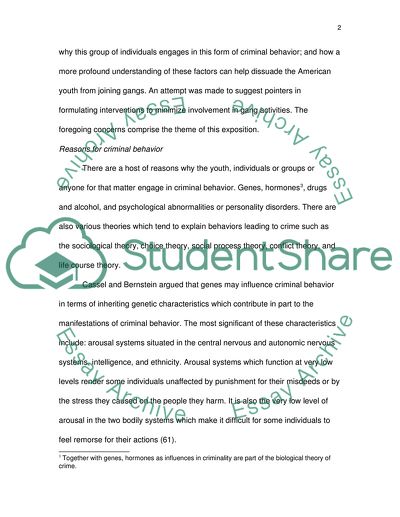Cite this document
(Gang Violence and Links to Drugs Research Paper, n.d.)
Gang Violence and Links to Drugs Research Paper. Retrieved from https://studentshare.org/sociology/1746880-gang-violence-and-links-to-drugs
Gang Violence and Links to Drugs Research Paper. Retrieved from https://studentshare.org/sociology/1746880-gang-violence-and-links-to-drugs
(Gang Violence and Links to Drugs Research Paper)
Gang Violence and Links to Drugs Research Paper. https://studentshare.org/sociology/1746880-gang-violence-and-links-to-drugs.
Gang Violence and Links to Drugs Research Paper. https://studentshare.org/sociology/1746880-gang-violence-and-links-to-drugs.
“Gang Violence and Links to Drugs Research Paper”, n.d. https://studentshare.org/sociology/1746880-gang-violence-and-links-to-drugs.


